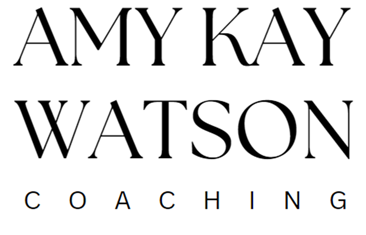Change is inevitable, but successfully navigating the emotional and psychological process of transition is what leads to true transformation. Inspired by Transitions: Making Sense of Life’s Changes by William Bridges, this checklist is designed to guide you through the three phases of transition: Ending, The Neutral Zone, and New Beginning. Use it to support yourself and others during periods of change.
Checklist 1: Ending and Letting Go
The first phase of transition requires recognizing what is ending and letting go of the past. Without fully acknowledging this phase, it is difficult to move forward.
- Did I take time to acknowledge what is ending or changing in my life or work?
- Have I allowed myself to grieve the losses associated with this change?
- Did I identify what aspects of the past I need to let go of?
- Have I communicated openly with others about the impact of this ending?
Checklist 2: The Neutral Zone
The neutral zone is an in-between phase where the old is gone, but the new has not fully emerged. It can feel uncomfortable and uncertain, but it’s also a time for creativity and transformation.
- Am I accepting that this period of uncertainty is a normal part of transition?
- Did I give myself time to reflect and explore new possibilities without rushing?
- Have I found ways to stay grounded, such as through routines or support networks?
- Am I open to experimentation and learning during this ambiguous phase?
Checklist 3: New Beginning
The final phase of transition involves embracing a new identity, purpose, or set of circumstances. This is when the change starts to feel integrated and momentum builds.
- Did I clarify my vision for what this new beginning looks like?
- Have I committed to specific actions that support this new phase?
- Am I reinforcing new habits and mindsets that align with my goals?
- Have I celebrated progress and acknowledged how far I’ve come?
How to Use This Checklist
This checklist is a practical tool for navigating personal and professional transitions. By acknowledging endings, embracing uncertainty, and stepping into new beginnings with intention, you can move through change with greater resilience and clarity. Use these questions to reflect regularly and adjust your approach as needed.
Why You Should Read Transitions
William Bridges’ Transitions offers a timeless framework for understanding the inner journey of change. By focusing on the emotional and psychological aspects of transitions, the book equips readers to handle both personal and organizational changes with greater insight and effectiveness. Whether you’re facing a major life event or guiding others through change, this book provides invaluable tools for transformation.

